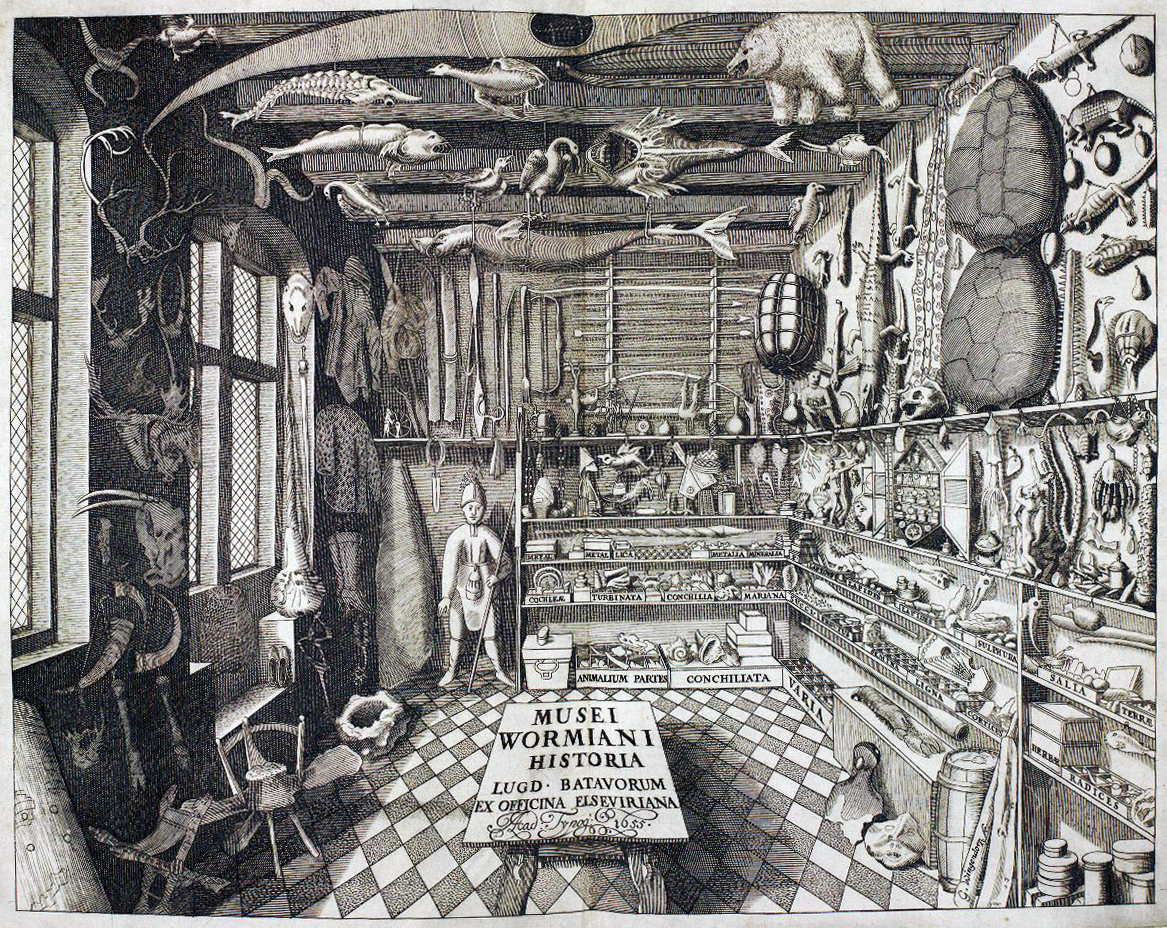A Collector’s Perspective
by Martin Willis
I have to look back in my memory to try and understand why I loved antiques at such an early age. I attribute this to walking around the border of our property in Eliot, Maine at the age of 7 or so and discovering shards of antique bottles from a 19th century dump. I loved the way the glass had turned purple with time, and the embossing on them told stories. I eventually got a garden hoe and started to dig, and found treasure after treasure of these intact examples of history.
 I caught the bug and was hooked right there and then. I eventually got some friends together to search other properties, burrowing deep into the woods, poison ivy and all. I would bring the finds home, clean them as good as I could in a washtub, and display them on shelves in our barn. I had bottles, insulators and inkwells of all kinds, colors and sizes. The shelves became overloaded and eventually went into boxes. I still bear the scar of a bad cut I got at a site and remember it exactly. I was so enthralled in the dig, I tore some cloth of my T-shirt wrapped my finger and kept up the hunt. My prize possession that day was a cobalt blue poison bottle. In the 19th century, there was low lighting, so bottles containing poison had rough ribbed or faceted surfaces. When you grasped one in the dark, you knew not to ingest the contents. In general, the bottles I found were mostly common, and had little value, but for some reason the stories they told were more important than money to me.
I caught the bug and was hooked right there and then. I eventually got some friends together to search other properties, burrowing deep into the woods, poison ivy and all. I would bring the finds home, clean them as good as I could in a washtub, and display them on shelves in our barn. I had bottles, insulators and inkwells of all kinds, colors and sizes. The shelves became overloaded and eventually went into boxes. I still bear the scar of a bad cut I got at a site and remember it exactly. I was so enthralled in the dig, I tore some cloth of my T-shirt wrapped my finger and kept up the hunt. My prize possession that day was a cobalt blue poison bottle. In the 19th century, there was low lighting, so bottles containing poison had rough ribbed or faceted surfaces. When you grasped one in the dark, you knew not to ingest the contents. In general, the bottles I found were mostly common, and had little value, but for some reason the stories they told were more important than money to me.





